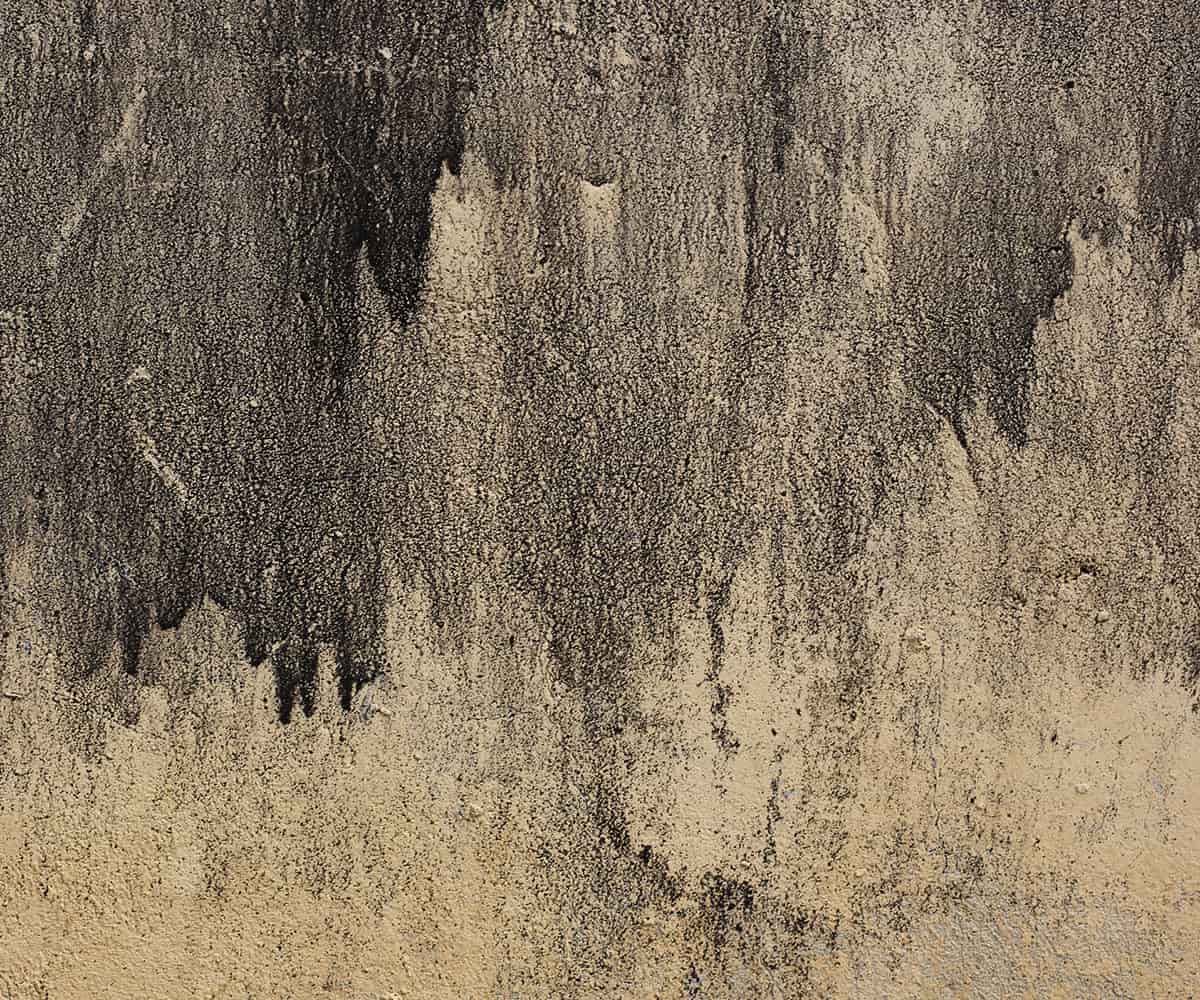SUMMARY
Joseph Beuys’s life as a professor, activist, environmentalist, mentor, spiritual guide, and shaman was inextricable from his life as an artist. The idea that art encompassed all of life and should touch everyone, everywhere, was at the core of his thinking. Engaging all of his fellow human beings in artistic creation became central to his mission. An influential thinker, Beuys changed the very way we understand what is art, and who is an artist.
Art is the only power to free humankind of all repression. [1]
Raising ecological consciousness
In 1996, I remember experiencing for the first time the permanent installation of Beuys’s 7000 Eichen (7000 Oaks) outside of the Dia Art Foundation on 22nd Street in New York City. Oak trees had been planted along the street, each accompanied by a tall basalt stone. Beuys originally conceived of the project in 1987 in Kassel, Germany as an environmental action and living monument to catalyze the planting of trees all over the world and raise ecological consciousness. [1]
In the following year, in 1988, Dia brought the project to New York and later expanded it between 10th and 11th Avenues, bringing the current total to thirty-eight pairs of trees and stones.[2] A quiet yet powerful statement expressing Beuys’s central ideology, it endures as one of the most iconic works of conceptual art, one that is always available to the public in that it is on view twenty-four hours a day.
Wartime experiences
Beuys was born in Krefeld, Germany in 1921, and served in the German air force for five years throughout World War II. The war had a profound impact on the artist who, in 1944, was the sole survivor of a plane crash in Crimea during a snowstorm. He purported to have been rescued by Tartars, and later created a form of social sculpture around this experience, entitled Sled/Schlitten, 1969 (which was also part of a larger installation entitled The Pack/Das Rudel).
Created as an editioned piece, Sled/Schlitten was a representation of the sled on which he was transported to safety. Resting upon it sits a chunk of fat, representing nourishment and energy; a felt blanket, symbolizing warmth and protection; and a flashlight, showing the way out. Decades later, art historian Benjamin H. D. Buchloh questioned the veracity of the account, although it had by then become central to Beuys’ biography.[3]
Beuys, the German, is ‘reborn’ on the Asian continent, cared for and nursed back to health by nomadic strangers from an Arcadian life. He returns to the land of the living even when all hope had been lost. He becomes the mythical archetype of artist as shaman. Regardless of whether Beuys’s story is factually true or not, the more salient point is that his legends, myths, or stories inspire us. They are so far removed from our personal experience and from our mundane daily lives that they have the ability to revert life back to universal truths.

Joseph Beuys with his work The Pack (1969) at the Guggenheim Museum prior to the opening of his 1979 retrospective. Image: Ted Thai/The LIFE Picture Collection/Shutterstock © 2021 Artists Rights Society (ARS), New York / VG Bild-Kunst, Bonn
Like many of his generation, the remainder of Beuys’s life would be spent coming to terms with the consequences of World War II. For Beuys, the creative outlet became a way to heal, to regenerate, to re-engage and symbolically to renew life that had been destroyed.
Enduring legacy
Taking a professorship at the Staatliche Kunstakademie in Düsseldorf in 1961, he became a spiritual and artistic leader who taught future generations of artists, including Anselm Kiefer, Sigmar Polke, Jörg Immendorf, Blinky Palmero, and others. His legacy endured decades through his own work and through the students whom he influenced. Insisting that everyone was an artist, in 1978 he waged, and won, a famous court battle after admitting one hundred and forty-two previously rejected students into the Kunstakdemie.[4]
Beuys’s contributions to conceptual art were wide ranging. He staged numerous ‘happenings’ – performative events as art – throughout his career. These were widely talked about and later categorized as Fluxus, a movement intended to democratize art that Beuys created along with other artists such as George Maciunas.
Beuys was known for making small gestures, which carried equal weight to large performances. Fluxus artists created thousands of multiples, both prints and objects, which Beuys believed were a way to disseminate art to everyone. Materials took on symbolic meanings, and to the uninitiated, the works might appear strange and grotesque as many were made of felt, honey, wax, fur, fat, hair and other organic substances.
These tie conceptually to universal human existential ideas, but were also heavily rooted in Beuys’s wartime experiences and carried messages of healing and renewal. As relevant today as it was in his lifetime, Beuys’s work remains among the most thematically all-encompassing, profound and groundbreaking art of the modern era.
Even the act of peeling a potato can be an artistic act if it is consciously done. [5]

Betsy Bickar, Chelsea New York City 2021









